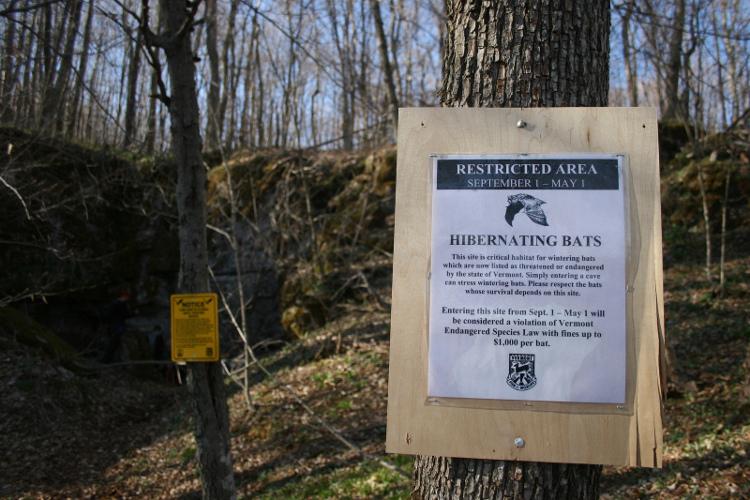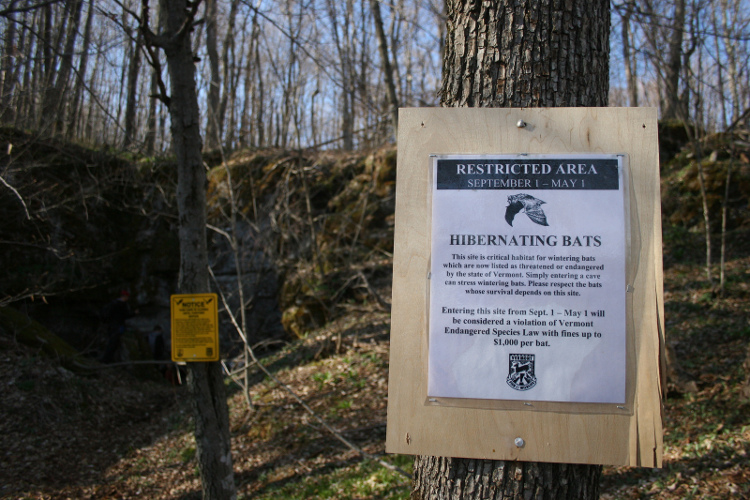In a race to save the dying bats from the fatal white-nose syndrome (WNS) disease, the Wildlife Service is speeding up its efforts to stop the spread of WNS throughout the nation.
Concerns run high if the nation should lose its bats. Despite this furry little winged creature’s bad reputation, bats are well-liked by farmers and forests because bats play a role in maintaining ecological balance as they eat up perhaps trillions of insects a year.
“If you lose your natural predators, you are going to have to dump more pesticides on the crops and forest,” said Paul McKenzie, endangered species coordinator with the U.S. Fish & Wildlife Service of Missouri, in a telephone interview. More pesticides can add up in toxics and dollars. Over 5.5 million bats have died from WNS.
On the move, WNS is relaying bat-to-bat, and every winter it is branching out a little further West and South. In more states, caves are found with sick, dead bats marked with little white dots on their bodies. The white dots on the bats’ bodies are the sign that the culprit, a white fungus, is in the cave, attacking and waking up the bat colony while they hibernate in the winter.
Endangered Gray Bat
The federally endangered gray bat was confirmed with WNS on May 19 in Tennessee. There are no signs that the gray bat is dying from WNS at the moment. What makes the gray bat different compared to the other bat species that are dying with WNS is that the gray bat lives in a cave all year long, making it the first total cave-dweller bat to get WNS, according to McKenzie.







